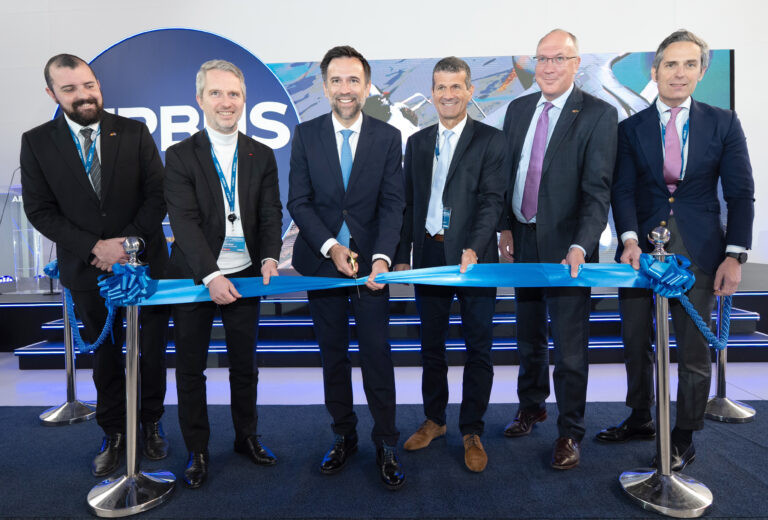Airbus’s inauguration of a Customer Support Centre in Johannesburg marks a pivotal moment in Africa’s aviation and cargo landscape. Situated near O.R. Tambo International Airport—Africa’s busiest cargo hub—the new facility strengthens regional logistics infrastructure, enhances aircraft availability, and supports the continent’s trade integration goals.
More than just commercial expansion, this development reflects Airbus’s policy-aligned approach to unlocking Africa’s latent air cargo potential. With IATA projecting a 5.5 percent annual growth rate in African airfreight through 2030, strategic investments like this are crucial to reducing aircraft downtime and improving trade efficiency.
Serving the full Airbus commercial fleet—from the A220 to the A350—the centre supports over 260 Airbus aircraft operated by nearly 40 African carriers. With rising narrowbody demand for intra-African routes, localised maintenance capabilities offer a critical boost in operational reliability, reducing Aircraft on Ground (AOG) delays, ferry costs, and turnaround times.
“Enhancing our physical presence in Africa is about more than just support—it’s about partnering for progress,” said Gabriel Semelas, Airbus President for the Middle East and Africa. “We are investing in the region’s aviation future.”
Trade and policy goals
The support hub directly aligns with the African Union’s goals under the African Continental Free Trade Area (AfCFTA) and the Single African Air Transport Market (SAATM). These initiatives aim to remove trade barriers and harmonise aviation regulation across the continent. However, to realise these goals, Africa requires more than agreements—it needs functioning infrastructure and skilled personnel.
Airbus’s services—ranging from flight-hour support to spare provisioning and training—help reinforce these policy frameworks. For airfreight carriers moving perishables, pharmaceuticals, and time-sensitive goods, reliable maintenance access translates to improved schedule integrity and compliance with standards like IATA’s ONE Record and e-freight.
South Africa’s O.R. Tambo Airport, already IATA e-freight compliant, can now serve as a model gateway for integrated logistics, combining OEM-aligned maintenance with digital cargo handling.
Crucially, the Johannesburg facility also addresses the continent’s human capital gap. Airbus forecasts Africa will need 14,000 new pilots and 21,000 engineers and technicians by 2045. The support centre incorporates certified training and virtual-reality simulators to help build this capacity and meet new safety and sustainability mandates under ICAO and AFCAC.
The impact also extends to local industry. Over 180 African companies already supply Airbus globally. With South Africa’s Department of Trade, Industry and Competition (DTIC) prioritising industrial linkages, the centre could anchor SME integration into global aerospace supply chains—supporting localisation, compliance, and inclusive economic growth.
Africa’s high logistics cost-to-GDP ratio—estimated at 13 to 15 percent—is largely driven by inefficiencies in maintenance, handling, and clearance. Airbus’s proximity to Africa’s primary cargo hub helps mitigate these constraints, particularly for high-value sectors such as agribusiness, tech assembly, and healthcare.
As African cargo carriers increasingly adopt predictive maintenance and digital tracking systems, OEMs like Airbus will play a key role in enabling data-driven fleet operations. Platforms like Airbus’s Skywise could support African operators in forecasting parts needs, optimising performance, and reducing emissions in line with global ESG standards.
This facility marks a strategic evolution in how global OEMs engage with Africa. It reflects a transition from transactional sales models to embedded partnerships that support long-term operational readiness, human development, and regional trade coherence.
As Gabriel Semelas concluded:
“We are not just supporting aircraft—we are supporting ambitions, economies, and the next generation of flight across Africa.”





